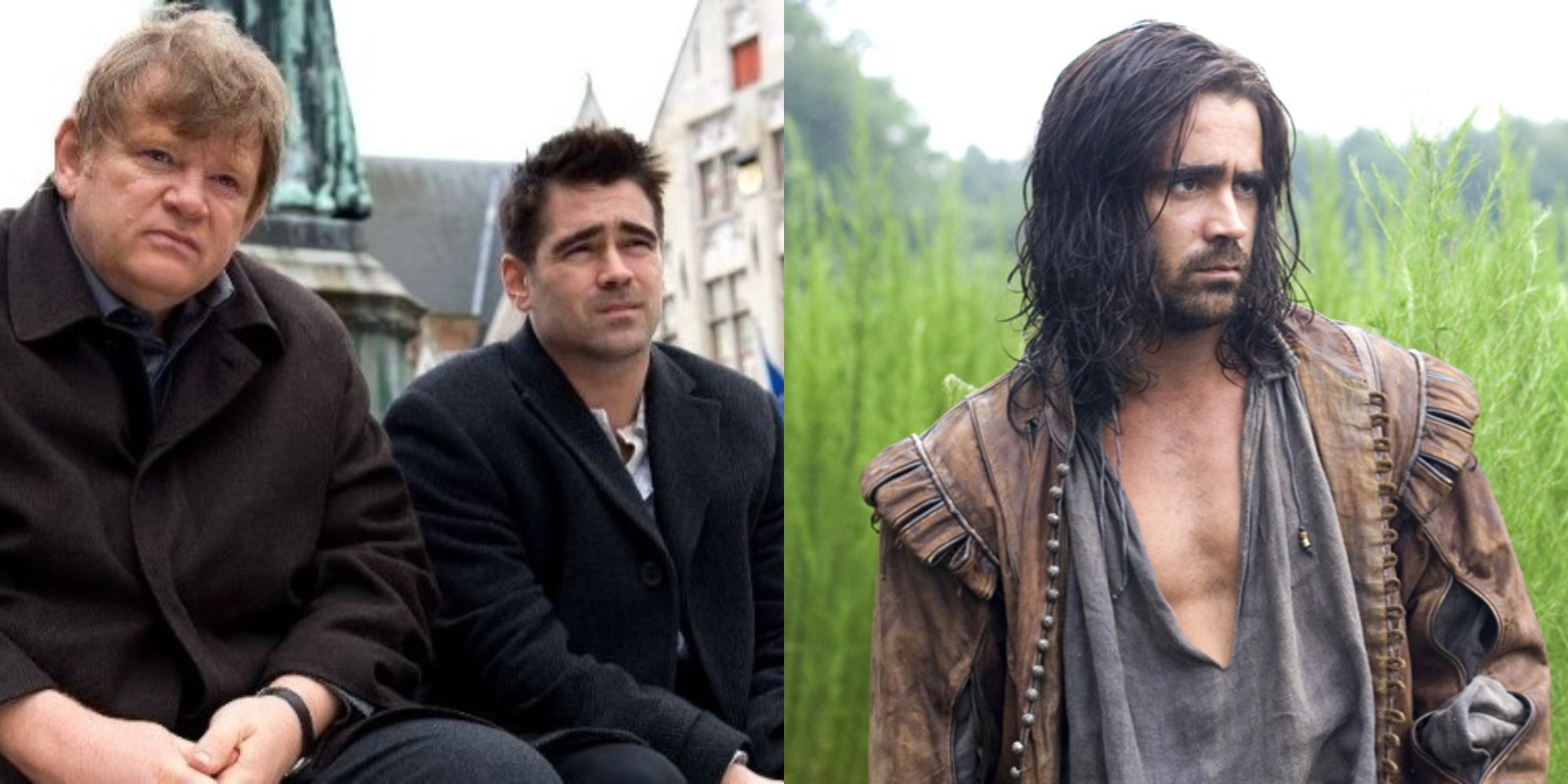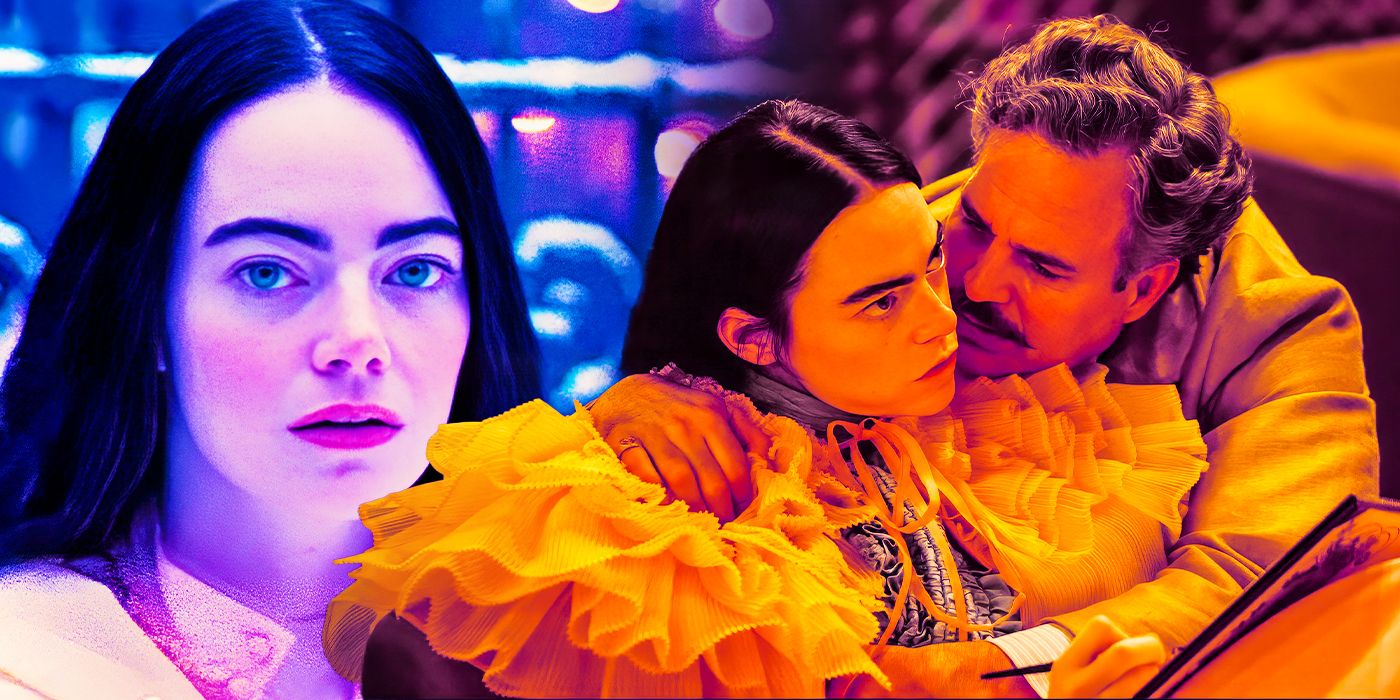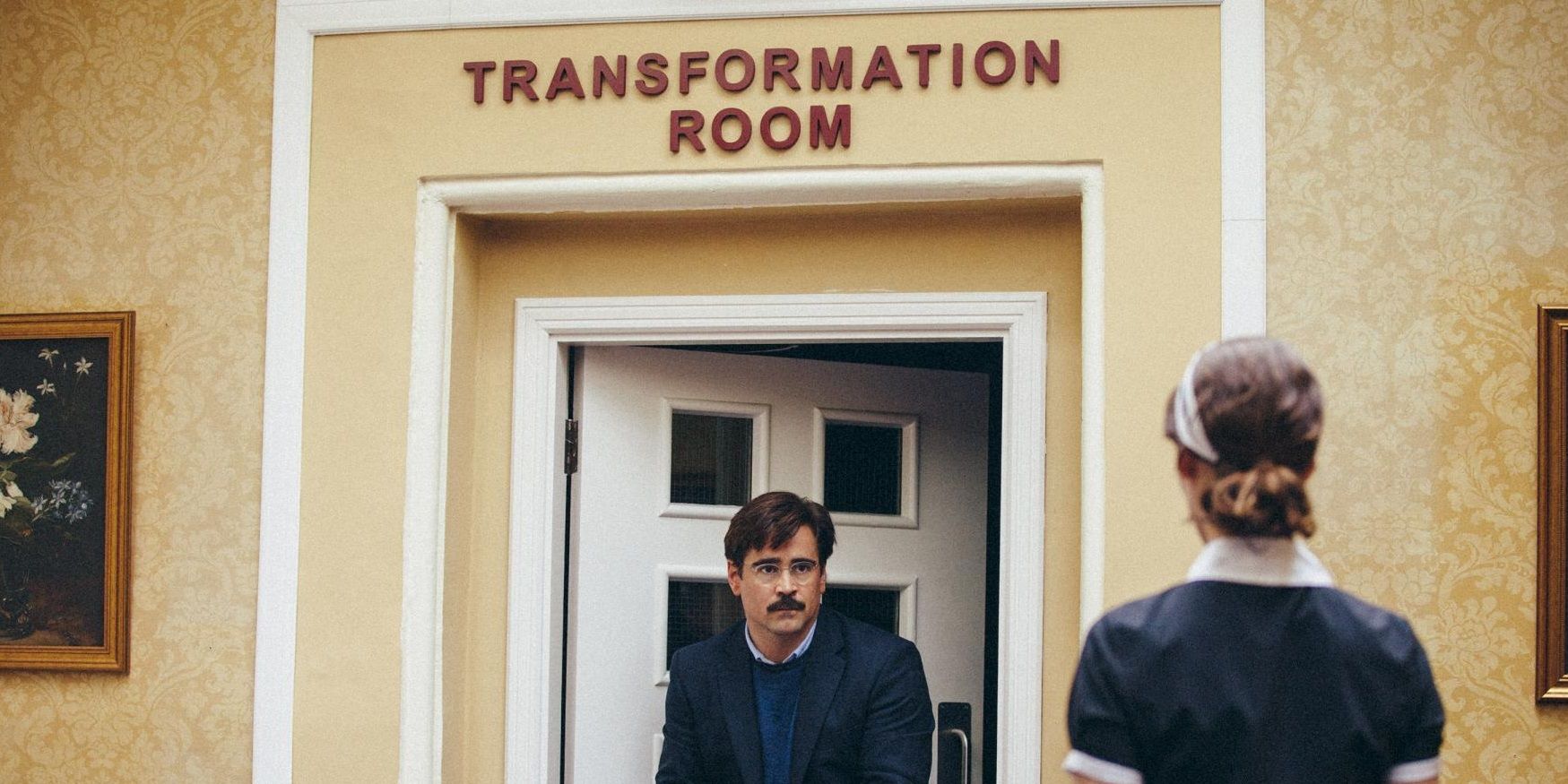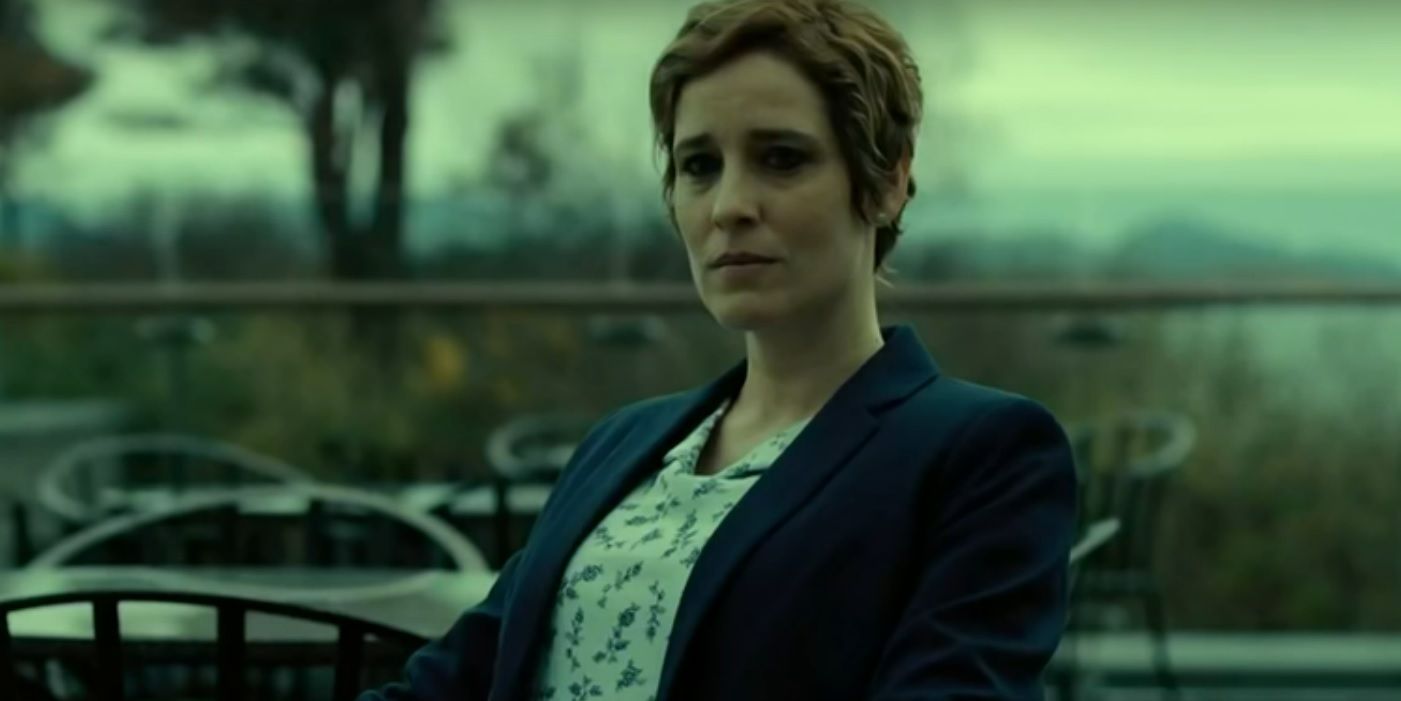Summary
- The Lobster ending leaves viewers questioning whether David blinds himself or not, highlighting the impossible choice he faces in a relationship-obsessed society.
- The movie explores the shallow nature of romantic coupling, as David seeks a pairing with a short-sighted woman but struggles to connect with her.
- The transformation of single people into animals symbolizes society's view of long-term singles as less fully human, but the exact process is left unclear.
The Lobster ending raises a number of questions about the dark romantic comedy, including whether Colin Farrell's character David stabbed and intentionally blinded himself or not. The movie is a surreal story about a lonely man named David who joins a matchmaking service that motivates people to find love by turning single people into animals. After escaping from the facility, David joins a rebel group that fights against the need for romantic couples only for him to meet and fall for the "Shortsighted Woman" played by Rachel Weisz.
The Yorgos Lanthimos movie climaxes with David once again fleeing an oppressive society when the Short-Sighted woman is blinded for falling in love. The final scene finds David and the Short-Sighted Woman in a diner struggling to find something in common only for David to retreat to the bathroom with a knife to blind himself so the couple can be the same. The Lobster ending shows David attempting to stab himself in the eyes but hesitating a few times before the screen goes black. It’s an ambiguous ending that never answers whether David goes ahead with his gruesome plan.

10 Colin Farrell Movies To Watch Before The Banshees Of Inisherin
With The Banshees Of Inisherin set to release October 21st, what Colin Farrell movies should fans race to see beforehand?The World Of The Lobster Explained
Colin Farrell Offered His Own Thoughts On The Ending
Released in 2015, The Lobster was Yorgos Lanthimos’ first English-language feature and received an Oscar nomination for Best Original Screenplay. Original is a perfect word to describe The Lobster: it’s set in a dystopian society in which being single is against the law. People who become single are sent to a hotel populated by fellow singletons where they have 45 days to find a partner based on shared characteristics or else they are turned into an animal of their choosing.
That’s the predicament newly divorced, short-sighted David (Colin Farrell) finds himself in as arrives at the hotel with his dog Bob in tow (who used to be his human brother) and opts to be turned into a lobster if he doesn’t find ‘love’ in the allocated time.
The strange, relationship-obsessed dystopia does have a rebel movement, however. Calling themselves the Loners, the group lives in the woods and strictly forbids any type of romantic relationship. David eventually joins the rebel faction where he meets another loner (Rachel Weisz) who is short-sighted like him. They begin a secret relationship and plan on running away together until the leader of the Loners (Léa Seydoux) blinds the Short-Sighted Woman as punishment for their betrayal.
The Lobster is sometimes considered one of Colin Farrell's best movies, and the star offered his own take on the ending of The Lobster in an interview with EW. He thinks there are three options; David blinds himself, he simply leaves without telling the Short-Sighted Woman, or he doesn't go through with blinding himself but tells the woman he did. The Lobster’s ending leaves it up to viewers to decide what course David takes and highlights the impossibility of the choice he faces.

Poor Things Ending Explained
Yorgos Lanthimos' Poor Things puts Emma Stone front and center. Her character, Bella, has quite the journey, and we break down the film's ending.Why David Blinds Himself in The Lobster
The Desperate Measures People Take To Find A Match
The hotel in the early part of The Lobster pairs people up based on their superficial characteristics. As David is short-sighted, he is encouraged to pair with short-sighted women, under the theory that they will have something in common. The warped incentives of the system can be seen when John (Ben Whishaw) damages his nose in an attempt to be paired with a woman who suffers from nosebleeds.
While David ends up escaping the hotel, he still ends up following their ideas, whether consciously or not. He ends up seeking a pairing with a short-sighted woman, a trait so important it is used in the script in place of her name. When Léa Seydoux's Loner leader blinds the woman, David finds that he doesn't actually have that much in common with her and struggles to make conversation.
David has placed great importance on this relationship, risking his life to escape from the Loners, and now that he has returned to society it seems likely he will just end up back at the hotel if he and the woman go their separate ways. The idea of blinding himself, echoing John's courtship of the Nosebleed Woman earlier in the film, reflects his desperation to make the relationship work as well as the fatal shallowness of thinking of romance as merely a matching of similarities, which helps to explain the ending of the dark romance movie.
Why And How Single People Are Made Into Animals In The Lobster
Is The Process Even Real?
The absurd premise of The Lobster with the idea of loveless humans being transformed into animals is a process that nobody seems to question the workings of. Within the magic realism of Yorgoes Lanthimos' movie, this transformation into animals stands in for the importance society places on romantic coupling or amatonormativity. Long-term single people are perceived as left-over, or in some sense less fully human than those in relationships -- hence, in The Lobster they are literally made into subhuman animals.
The exact process of how the transformation works is left somewhat obscure in The Lobster. It is believed to be a somewhat grisly process where humans' skin is removed and their vital organs transplanted into the relevant animal. However, some viewers have speculated that the transformation into an animal is a guise, and the isolated individuals are simply killed and their organs harvested. The Lobster depicts David forcing Angeliki Papoulia's Heartless Women into the transformation room, but there's no depiction of the potentially grisly fate that awaits her.
What Happened To The Heartless Woman In The Lobster
The Character Shows The First Signs Of David's Rebellion
The Heartless Woman, whom David attempts to bond with by faking indifference to everything, is one of the most extreme and symbolic characters in The Lobster's narrative. David likely chooses to try to adopt her attitude as a way to bury his feelings after being left by his wife, but ultimately isn't able to embrace her extreme indifference when she starts attacking his brother, who has been transformed into a dog. When she threatens to tell the hotel staff he has been lying, David forces her into the transformation room.
The Lobster doesn't show exactly what happens to the Heartless Woman, although some viewers believe she is turned into a rabbit who appears later in the film. However, the woman's ultimate fate reflects that she had already long ago turned into an animal, existing only to coldly hunt other humans.
David's ultimate turn against her foreshadows the choice he will make to defy the Loners and try to pursue a relationship with the Nearsighted Woman later on. While he may not fit into his world's system of forced coupling, David also doesn't want to shut out the possibility of love like the Heartless Woman or the Leader. This leads to his difficult choice in The Lobster's ending.




